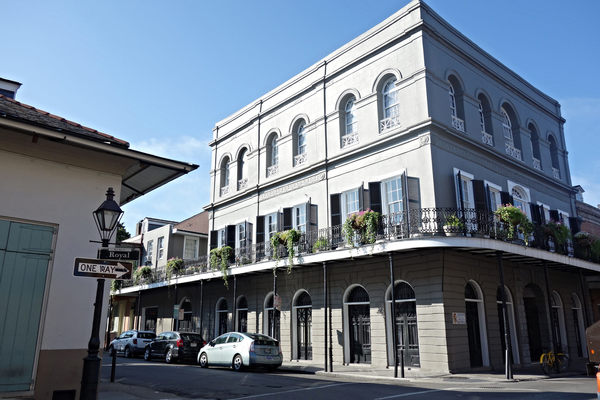
| LaLaurie Mansion | ||
|---|---|---|
 Photo Credit: Atlas Obscura |
||
| The Sultan's Palace | ||
|---|---|---|
 Photo Credit: Our Haunted Spaces |
||
| Hermann-Grima House | ||
|---|---|---|
 Photo Credit: Hermann-Grima House |
||
| Houmas House Plantation & Gardens | ||
|---|---|---|
 Photo Credit: Houmas House |
||
| Myrtles Plantation | ||
|---|---|---|
Photo Credit: Atlas Obscura |
||
| Oak Alley Plantation | ||
|---|---|---|
 Photo Credit: Oak Alley Plantation |
||
| San Francisco Plantation | ||
|---|---|---|
 Photo Credit: New Orleans Plantation Country |
||
| Winchester Mystery House | ||
|---|---|---|
Photo Credit: Legends of America |
||
| Belcourt Castle | ||
|---|---|---|
 Photo Credit: Only In Your State |
||
| Seaview Terrace | ||
|---|---|---|
 Photo Credit: Seaview Terrace |
||
| The Allen House | ||
|---|---|---|
 Photo Credit: Only In Your State |
||
| Villisca Axe Murder House | ||
|---|---|---|
 Photo Credit: Ghostly World |
||
| Himeji Castle | ||
|---|---|---|
 Photo Credit: Japan Guide |
||
| Historic Adams House | ||
|---|---|---|
 Photo Credit: Adams Museum |
||
| Molly Brown House Museum | ||
|---|---|---|
 Photo Credit: Molly Brown House Museum |
||
| Octagon House Museum | ||
|---|---|---|
 Photo Credit: Architects Foundation |
||
| Sallie House | ||
|---|---|---|
 Photo Credit: Historic Mysteries |
||
| Loretta Lynn's Ranch | ||
|---|---|---|
 Photo Credit: Loretta Lynn Ranch |
||
| Aiken-Rhett House | ||
|---|---|---|
 Photo Credit: Palmetto Carriage Works |
||
| Lemp Mansion | ||
|---|---|---|
 Photo Credit: The Lemp Mansion |
||
| Henderson Castle | ||
|---|---|---|
 Photo Credit: The Henderson Castle Inn |
||
| The Whaley House | ||
|---|---|---|
 Photo Credit: Whaley House Museum |
||
| Jane Addams Hull-House Museum | ||
|---|---|---|
 Photo Credit: Enjoy Illinois |
||
| Bailey House Museum | ||
|---|---|---|
 Photo Credit: Roadtrippers |
||
| Liberty Hall Historic Site | ||
|---|---|---|
 Photo Credit: Only In Your State |
||
| SK Pierce Mansion | ||
|---|---|---|
 Photo Credit: SK Haunted Victorian Mansion |
||
| Amos J. Blake House Museum | ||
|---|---|---|
 Photo Credit: Fitzwilliam Historical Society |
||
